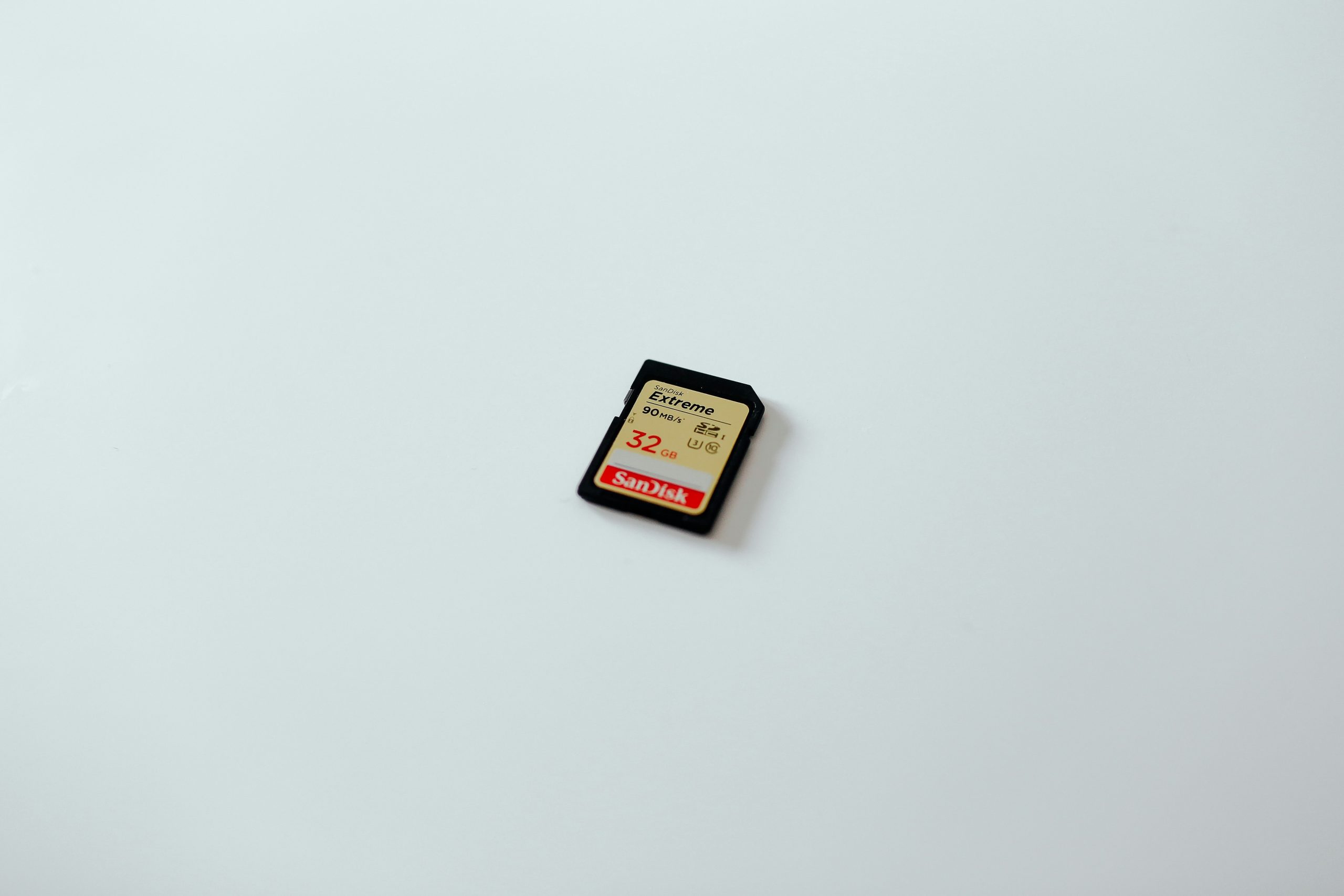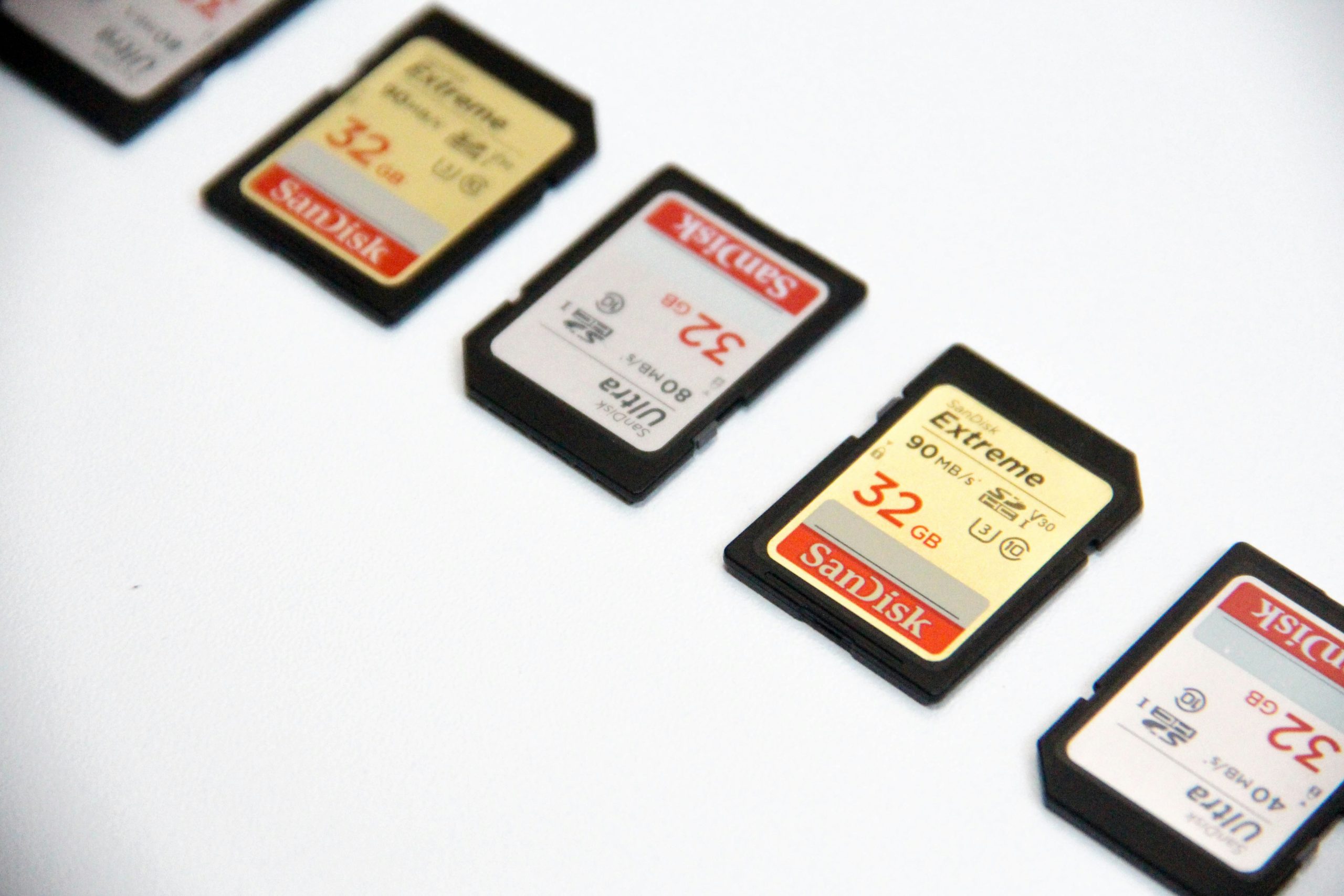In the world of digital storage, terms like TF cards and SD cards often come up, especially when dealing with portable devices such as smartphones, cameras, and tablets. Both are types of memory cards used to store data, but what exactly are they, and how do they differ? In this article, we’ll explore what TF cards and SD cards are, how they are used, and their key differences, helping you understand which one might be best suited for your needs.

Contents of Post
What is an SD Card?
An SD (Secure Digital) card is a non-volatile memory card used for storing data such as photos, videos, and files. Introduced in 1999 by the SD Association, SD cards have become one of the most widely used forms of portable storage. They are commonly found in digital cameras, camcorders, laptops, and even gaming consoles.
SD cards come in three different sizes:
1. Standard SD: The largest size, typically used in digital cameras and larger devices.
2. Mini SD: A smaller version, though less common nowadays.
3. Micro SD: The smallest variant, widely used in smartphones, tablets, and other portable devices.
In addition to size variations, SD cards also come in different capacity ranges, including:
– SD (Secure Digital Standard Capacity): Holds up to 2GB of data.
– SDHC (Secure Digital High Capacity): Ranges from 2GB to 32GB.
– SDXC (Secure Digital Extended Capacity): Can store from 32GB up to 2TB.
Modern SD cards also feature varying speed classes, indicating how fast data can be written to or read from the card. Speed classes are essential for tasks like recording high-definition video or capturing burst photography.
What is a TF Card?
A TF card (TransFlash card), also known as a microSD card, is essentially the same as a microSD card. TF cards were introduced by SanDisk in 2004 as the world’s smallest memory card, specifically designed for mobile phones. Initially called TransFlash, the format was later renamed microSD after it became part of the SD card family.
TF cards are commonly used in small, portable devices like smartphones, dash cams, drones, and even some gaming consoles such as the Nintendo Switch. Like SD cards, TF cards are available in different capacities (microSD, microSDHC, microSDXC) and speed classes, allowing for high-speed data transfers and large storage options.

Key Differences Between TF Cards and SD Cards
Although TF cards and microSD cards are essentially the same today, there are still some differences worth noting, especially when comparing them with full-sized SD cards:
1. Size: The most obvious difference is the size. TF cards are much smaller (11mm x 15mm x 1mm) compared to standard SD cards (24mm x 32mm x 2.1mm), making them ideal for compact devices.
2. Compatibility: TF cards (or microSD cards) are used in smaller devices, while full-sized SD cards are primarily used in larger devices such as digital cameras and some laptops. Many devices come with an SD card adapter, which allows a microSD card to be used in a standard SD card slot.
3. Naming Convention: Although TF and microSD cards are technically the same now, the term TF is not as commonly used. Most manufacturers and retailers use “microSD” to describe these smaller cards.
Which One Should You Use?
Choosing between an SD card and a TF card (microSD) depends on the device you’re using and your storage needs. For smartphones, tablets, or small gadgets like action cameras and drones, a TF or microSD card is your go-to solution. For larger devices like DSLRs or laptops, a standard SD card might be more appropriate.
Durability and Reliability Considerations
When choosing between a TF card (microSD) and an SD card, it’s also important to consider durability and reliability. Both types of cards are designed to withstand harsh conditions such as extreme temperatures, shock, water, and X-rays, making them suitable for outdoor photography or use in rugged environments. However, some manufacturers offer specialized versions of these cards, labeled as “high endurance” or “extreme”, specifically designed for continuous usage, like in security cameras or action cams. If you’re using your card for critical data storage or in tough conditions, investing in one of these robust options can provide extra peace of mind, ensuring your data remains safe over time.
Both TF cards and SD cards are reliable and versatile storage solutions that cater to a range of devices and applications. Understanding the key differences and knowing which card format your device supports will help you make an informed choice when upgrading or expanding your storage. Whether you need a small, compact TF card or a standard SD card for larger devices, both offer convenient options for managing and storing your data.

